- Product
- Solution for
For Your Industry
- Plans & Pricing
- Company
- Resources
For Your Industry
In today’s highly competitive and rapidly evolving market, keeping an eye on pricing trends is crucial for business success. Whether you operate in eCommerce, retail, hospitality, or even a subscription-based SaaS model, the need to remain competitive without sacrificing profit margins is paramount. One of the most effective ways to achieve this balance is through price monitoring.
Price monitoring allows businesses to track competitors’ pricing strategies, identify market trends, and make data-driven decisions that directly impact sales and customer retention. In this guide, we’ll delve deep into the world of price monitoring, exploring its importance, benefits, tools, best practices, and strategies that will give your business a competitive edge in 2024.
By leveraging the right price monitoring techniques, you can stay ahead of the competition, ensure you offer the best value to your customers, and maximize profits.
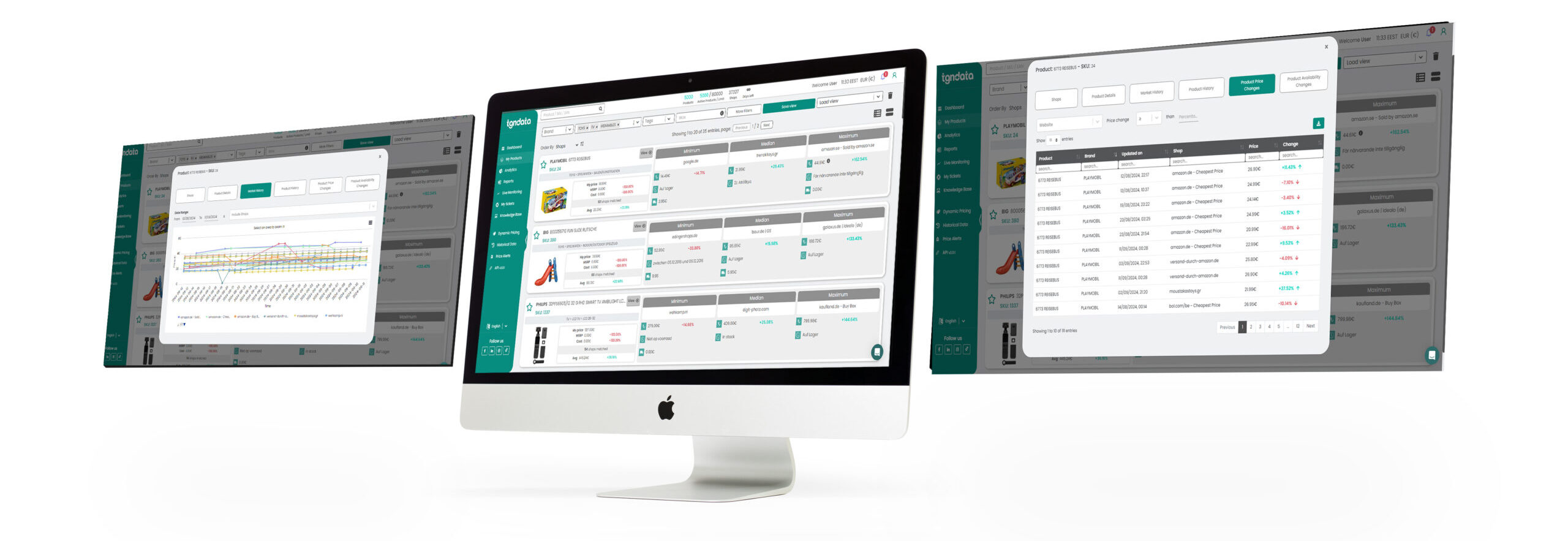
Price monitoring refers to the systematic process of tracking and analyzing the prices of competitors’ products or services, either manually or through automated tools. This activity helps businesses stay aware of market conditions, make informed pricing decisions, and optimize their pricing strategies to maximize profits while staying competitive.
Price monitoring can take place on various platforms, including eCommerce websites, physical retail stores, and price comparison websites. As consumer purchasing decisions often hinge on price, businesses that engage in effective price monitoring can better position themselves in the market.
Manual Price Monitoring: This involves checking competitor prices by visiting websites, physical stores, or using price comparison sites. While this method provides valuable insights, it’s time-consuming and may not be scalable for businesses monitoring a large number of competitors and products.
Automated Price Monitoring: Automated tools and software have revolutionized price monitoring. These tools continuously track competitor prices in real-time, alert businesses to price changes, and even provide analytical insights, saving both time and resources.
Understanding and tracking competitor prices isn’t just about knowing what others are charging—it’s about positioning your business effectively to capture market share, maximize profits, and build customer loyalty. Here’s why price monitoring is crucial for your business:
One of the most compelling reasons to engage in price monitoring is to ensure your business remains competitive. Pricing is often the deciding factor for consumers, and businesses must constantly adapt to shifting prices in a dynamic market. With competitive pricing strategies, you can avoid losing potential customers to lower-priced competitors.
While remaining competitive is essential, it’s equally important not to undervalue your products or sacrifice profit margins. Price optimization techniques allow businesses to set prices that strike the perfect balance between competitiveness and profitability. Monitoring competitors’ prices helps you make informed decisions about when to raise or lower prices without hurting your bottom line.
In addition to attracting new customers, pricing strategies for customer loyalty are crucial for maintaining your existing customer base. Customers today are price-savvy, frequently comparing prices across various platforms before making a purchase. Transparent and fair pricing, backed by effective monitoring, helps build trust, ensuring that customers return to your business time and again.
Price monitoring isn’t just about tracking competitors—it’s also a tool for uncovering trend analysis in pricing. By consistently monitoring prices over time, you can identify emerging trends that could affect your business, such as shifts in demand for certain products, seasonal fluctuations, or new market entrants driving price reductions.
Engaging in price monitoring offers several clear benefits that directly impact your business’s success:
In the crowded eCommerce space, having a competitive pricing strategy is critical to success. Consumers are often looking for the best deals online, and businesses that actively monitor competitors’ prices can adjust their offerings accordingly. This ensures that you remain competitive, especially during key periods like holiday sales or promotional events.
Effective price monitoring gives businesses the flexibility to adapt quickly to changing market conditions. Dynamic pricing models allow companies to adjust their prices in real-time, ensuring they can capitalize on opportunities or protect their profit margins during market fluctuations.
With real-time pricing data, businesses can make strategic decisions that align with market conditions. Instead of relying on outdated information, real-time data empowers you to react immediately to price changes, giving you an edge over competitors who may not have access to such insights.
For businesses operating across multiple sales channels (e.g., brick-and-mortar stores, online platforms), price monitoring ensures omnichannel pricing strategy consistency. Maintaining consistent pricing builds trust with customers and prevents confusion or frustration when they compare prices between your online store and physical outlets.
To get the most out of your price monitoring efforts, follow these best practices:
Not all competitors are equal, and tracking irrelevant competitors can skew your pricing strategies. Focus on competitive benchmarking in pricing by selecting key competitors who target similar customers, operate in the same market, and offer comparable products.
Frequency of price updates plays a critical role in effective price monitoring. Depending on your industry, monitoring prices once a week might suffice, but in fast-paced markets, daily or even hourly tracking may be necessary.
Don’t just monitor prices in the present; look at historical pricing trends analysis to gain a broader perspective. This helps you understand past market behavior and allows you to predict future price movements. Historical data can uncover recurring patterns, seasonal pricing shifts, or long-term trends that inform your pricing strategy.
Many successful businesses are adopting dynamic pricing optimization, a strategy where prices fluctuate based on real-time market data, competitor prices, demand, and inventory levels. Dynamic pricing allows businesses to maximize revenue during high-demand periods and stay competitive when demand dips.
Even with the best tools, price monitoring can present challenges. Here are common pitfalls to watch out for and how to avoid them:
While tracking direct competitors is essential, competitive market analysis often overlooks non-direct competitors whose pricing strategies could still impact your business. For example, smaller niche brands or businesses in related industries might influence consumer expectations around pricing.
Pricing should never be done in isolation. It’s vital to consider contextual pricing strategies, which take into account various factors such as regional demand, market trends, and customer behavior. By failing to consider these, businesses risk alienating customers or losing out on potential revenue.
While price monitoring focuses on competitor data, it’s important not to forget the impact of pricing on customer-focused pricing strategies. Customers value transparency, and constantly fluctuating prices without explanation can erode trust and loyalty.
With a solid understanding of price monitoring and the right tools in place, it’s time to put that data to use in your pricing strategy. Here are some ways to do that effectively:
Pricing segmentation strategies allow you to offer different pricing models to different groups based on various factors, such as customer behavior, region, and product demand. This ensures you capture as much revenue as possible by tailoring your pricing to specific customer segments.
Psychological pricing methods can have a significant impact on customer buying decisions. For instance, prices ending in .99 or .95 are perceived as more attractive than rounded numbers, despite the actual difference being minimal.
A/B testing for pricing models is a powerful tool for optimizing prices over time. By experimenting with different pricing strategies on a small scale, businesses can determine the most effective pricing for specific products or customer segments.
Once you’ve gathered and analyzed competitor pricing data, the next step is using that information to fuel growth.
Developing data-driven pricing strategies involves using both real-time and historical data to guide long-term pricing decisions. This helps businesses create a pricing model that reflects their competitive position in the market while also anticipating future trends.
By adjusting pricing strategies based on real-time data, businesses can optimize their customer lifetime value (CLV). Price monitoring helps you understand which pricing models maximize long-term customer satisfaction, encouraging repeat purchases and increasing overall revenue.
Price monitoring is no longer optional—it’s a crucial component of any successful business strategy in 2024. By using the right tools, like tgndata understanding key trends, and avoiding common pitfalls, businesses can stay ahead of the competition, maximize profits, and deliver better value to their customers.
By consistently tracking competitors’ prices, utilizing dynamic pricing models, and analyzing historical data, businesses can create a pricing strategy that ensures both short-term sales and long-term growth. Whether you’re an eCommerce retailer, SaaS provider, or brick-and-mortar store, implementing a robust price monitoring system will position your business for success in the ever-evolving market landscape.
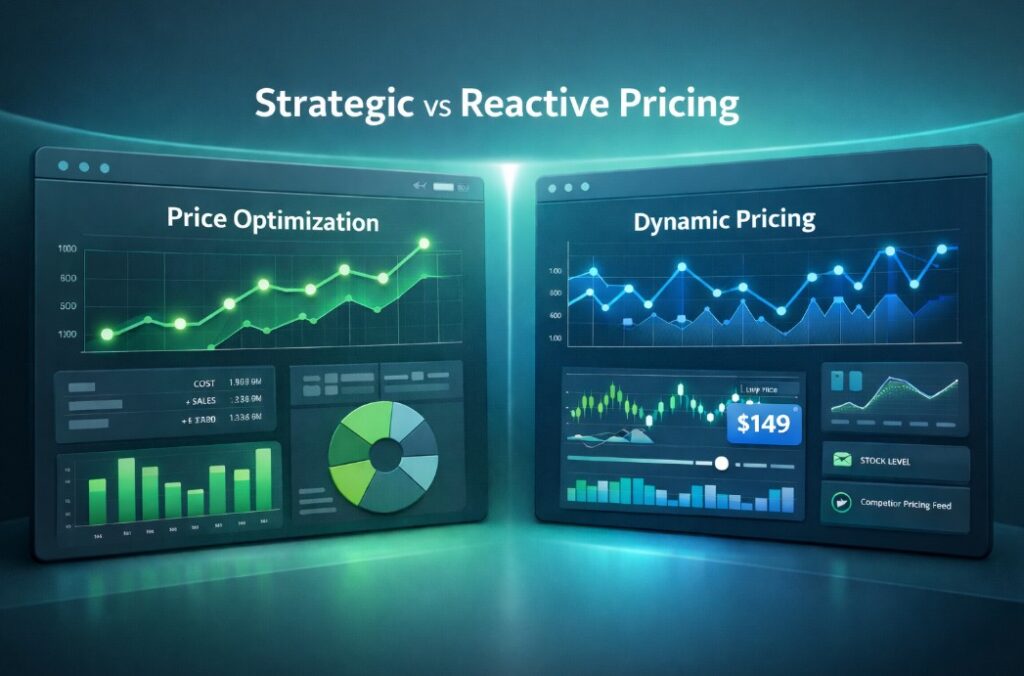
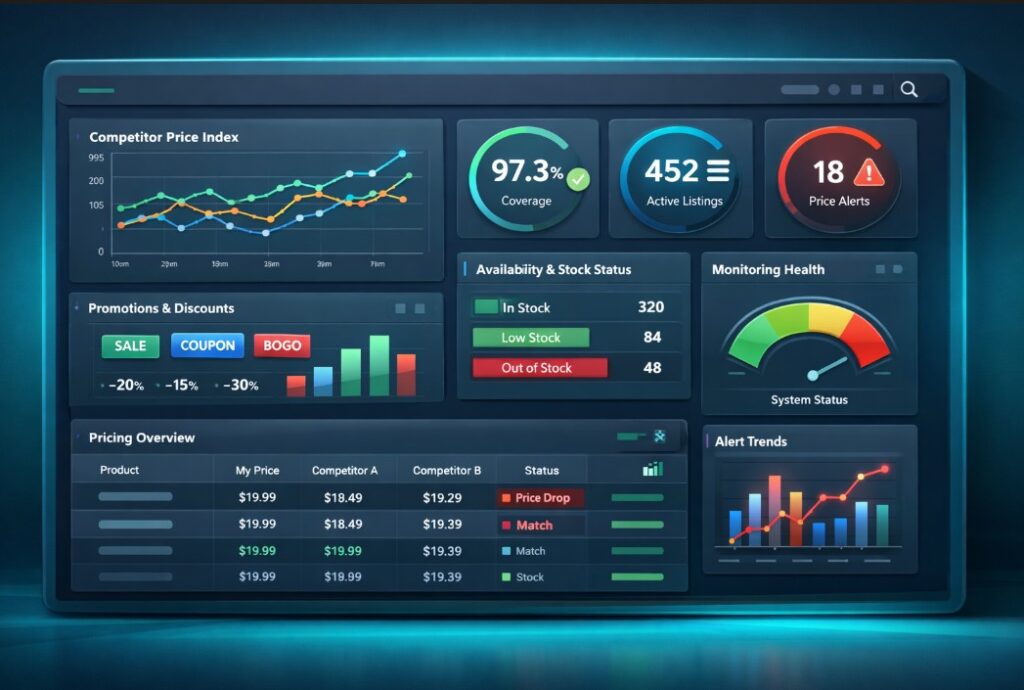
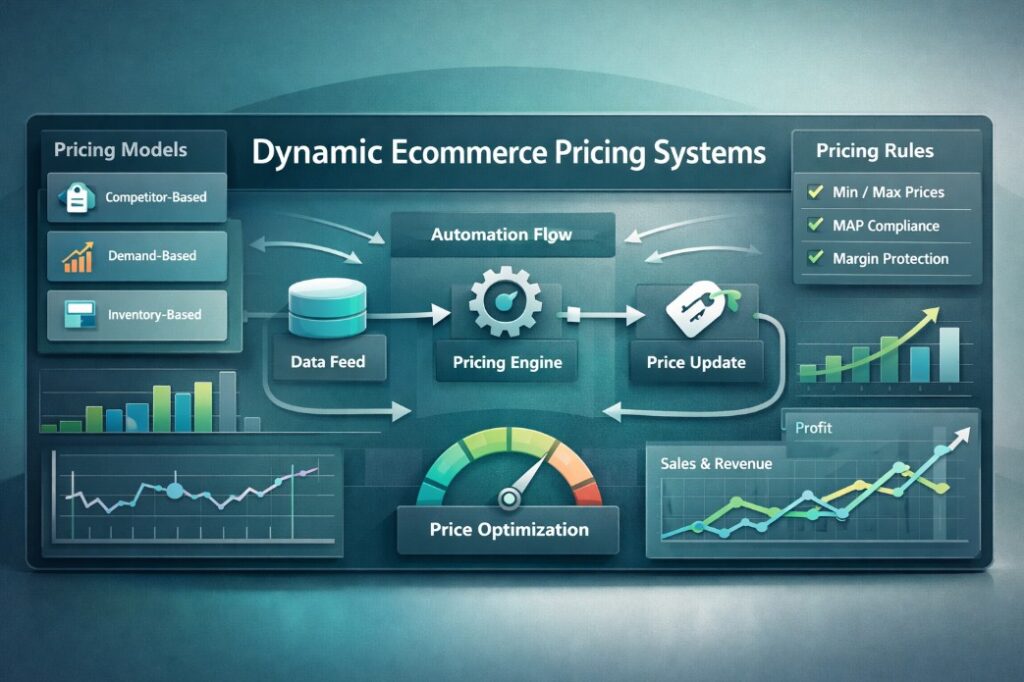
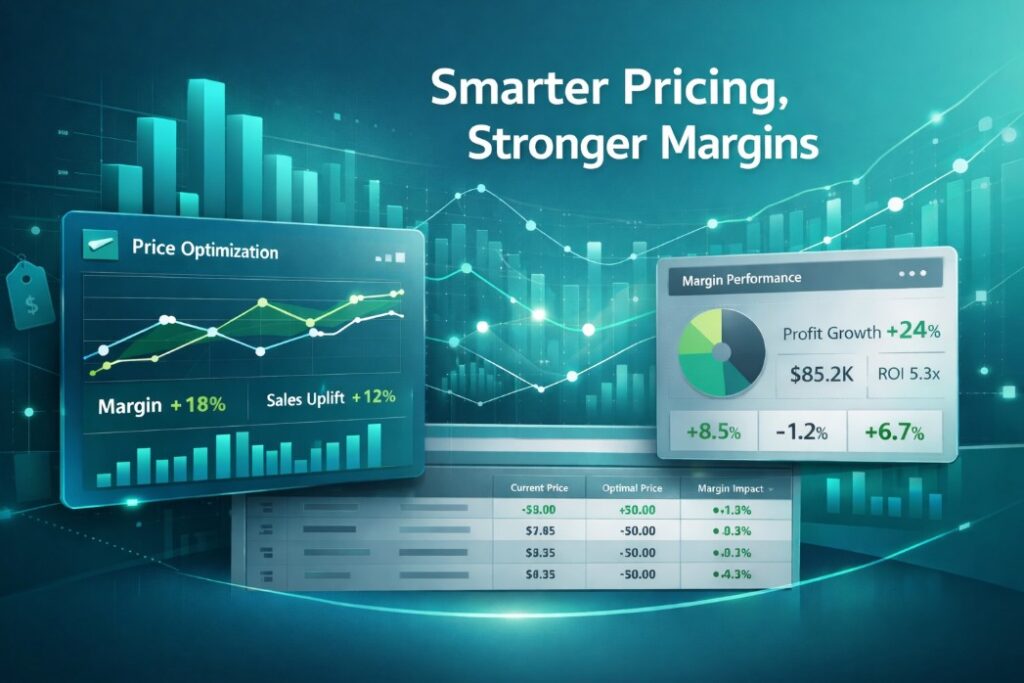
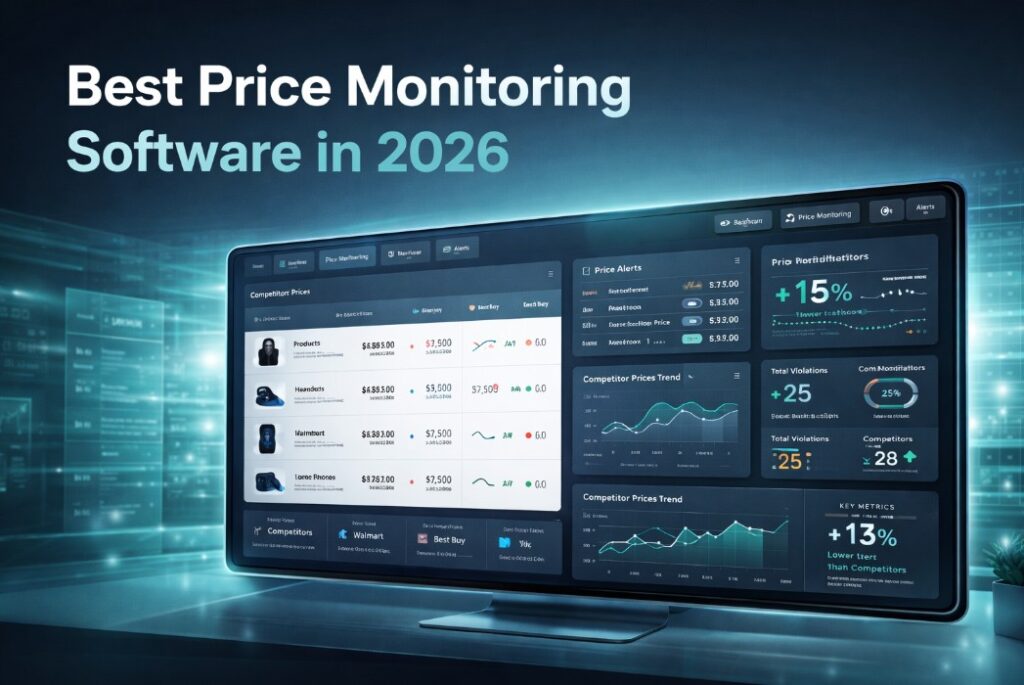
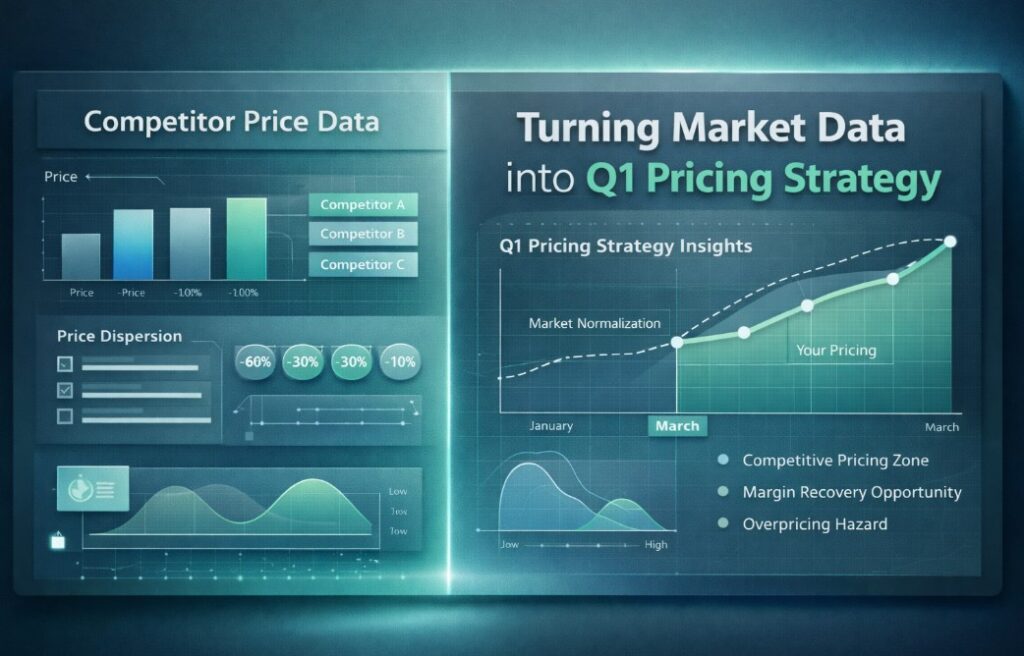
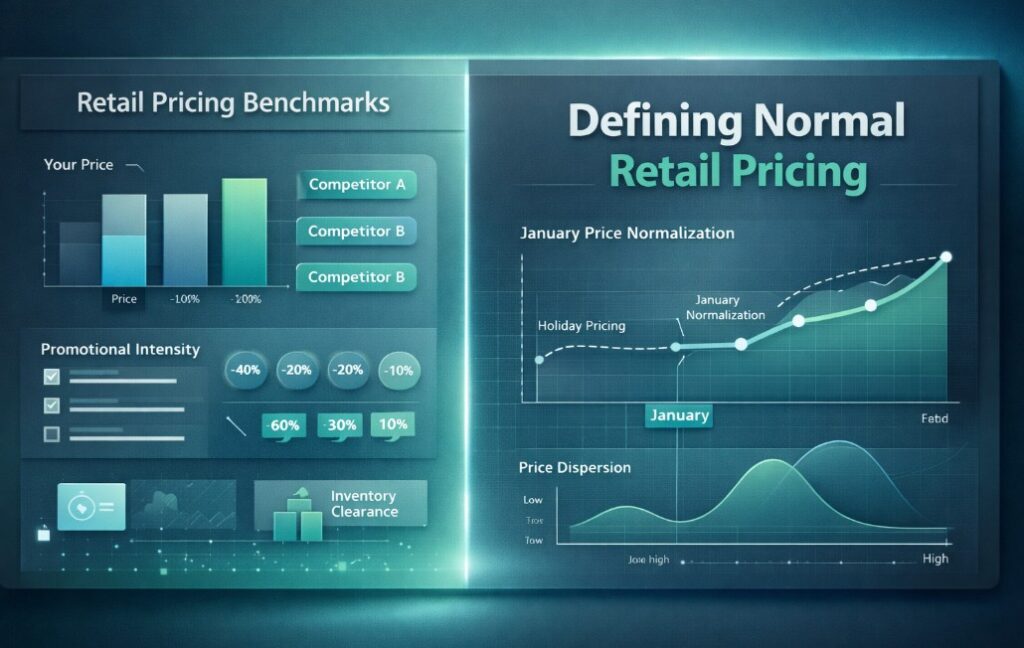






Missing an important marketplace?
Send us your request to add it!